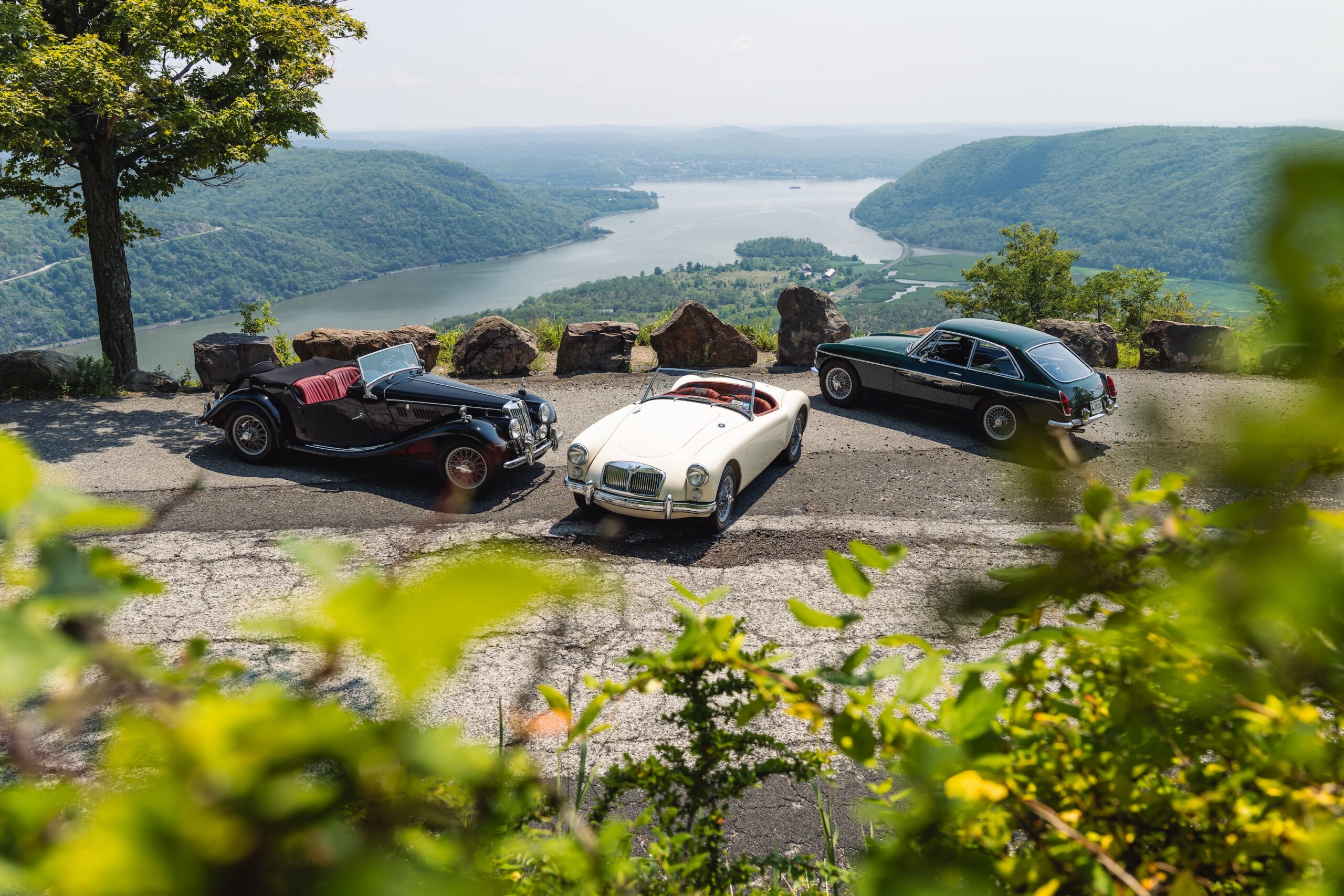As part of International Women’s Day 2022, Hagerty is giving a platform to women driving change. Catch the other stories in this series and read about the precision welder breaking down gender stereotypes, the curator at the Bugatti museum interesting kids in cars, and one of Britain’s most influential motorcycle racers.
“Between 8.30am and 5pm Monday to Friday I talk about why people commit crime, how we can try to stop it and the practicalities of the criminal justice system; from policing to prison and policy making. What I discuss as a criminology lecturer is wildly different to what I discuss on the Passenger Seat Podcast.

Peggy, my 1968 Morris Minor, doubles up as a mobile recording studio, which goes against advice I was given during a BBC podcast making masterclass because I’m surrounded by glass and there’s a lot of background noise, but that’s its USP. I like the idea that someone who is missing the sound of their own classic will feel at home listening to Peggy’s engine and the whine of her transmission as I ramble on.
Each weekly episode tackles a different topic, which has included everything from the modification of classic cars, to whether commuting in a classic car can be considered self-care and whether motorways are suitable for vehicles like Peggy. I don’t panic about my opinion being out there because I spend a lot of time thinking about what I’m going to say. At work, when a student questions something I’ve said, I can back it up with research and I apply the same approach to my podcast, where I’m also able to share my own lived experiences.
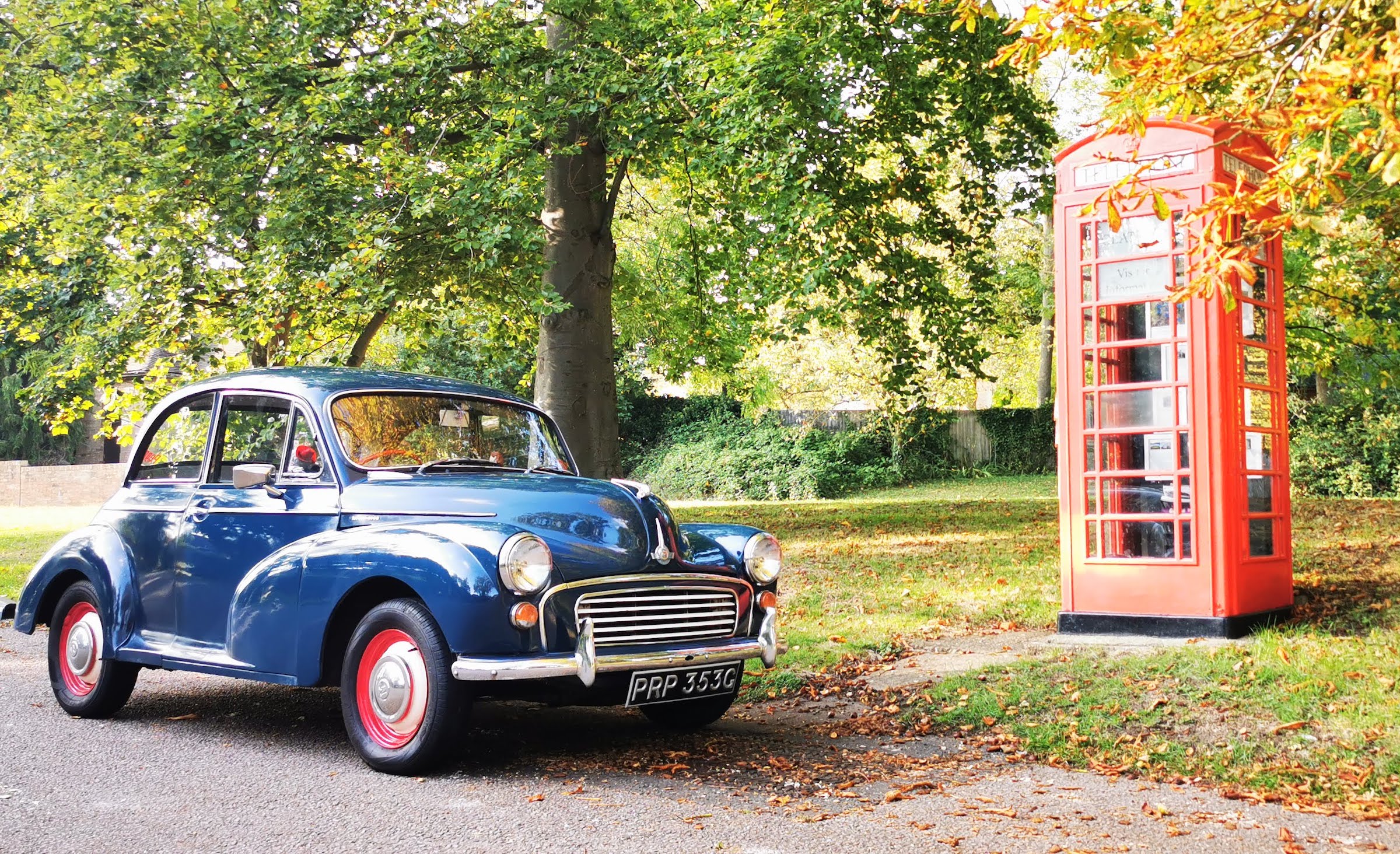
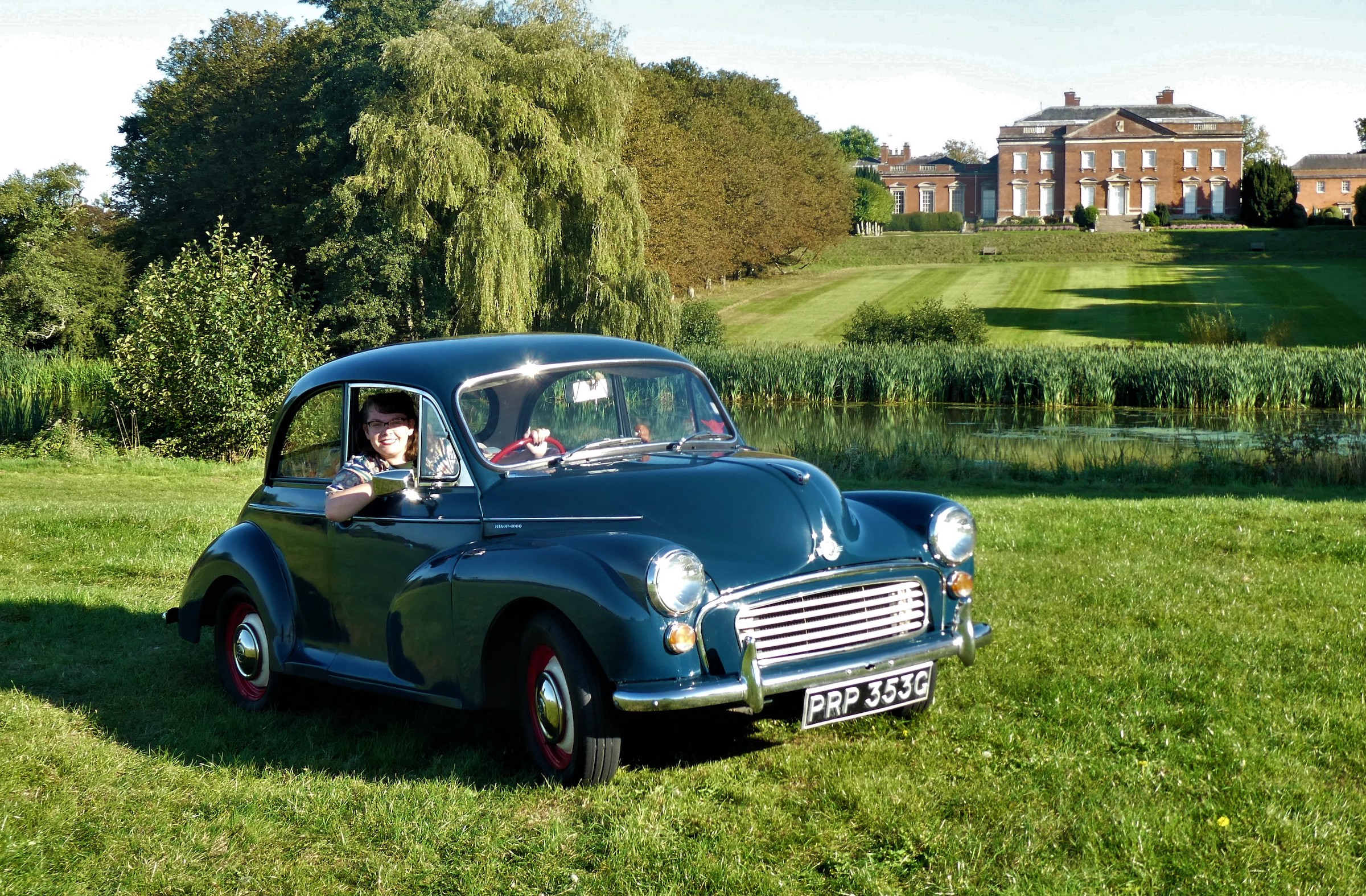
Studying English and history for my undergraduate degree, then criminology for my Masters, introduced me to the idea that oral histories are really important; think of all the stuff that people who didn’t have the ability to write thousands of years ago could have told you had there been the technology to do so. With the Passenger Seat Podcast, I want to preserve my own story as well as those of others. Covid has made it difficult, but going forward I’ll be taking other classic car owners for a drive in Peggy so that I can interview them.
If I’m going to the gym before work, Peggy and I will be up and out by 6.15am, but I mostly bookend weekdays with podcast-related activities. I often record on my way to, or from work, and do my research, editing and publishing at home during the evening. My partner is very supportive and sits in the room with me playing video games. Bedtime is usually about 11 O’Clock.
I deliver lectures to up to thirty students in three-hour long sessions but I break it up with discussion and group activities so I’m never talking for more than 30 minutes at a time; which is about the same length as an episode. I found it easier to start podcasting than lecturing because I thought no one was going to listen. I prefer not to lecture with notes which has helped me learn to talk quite freely in the car because of course, I can’t read a script when I’m driving. I do take a list of bullet points that I want to cover with me and sometimes pull over to make sure I’ve not missed anything.
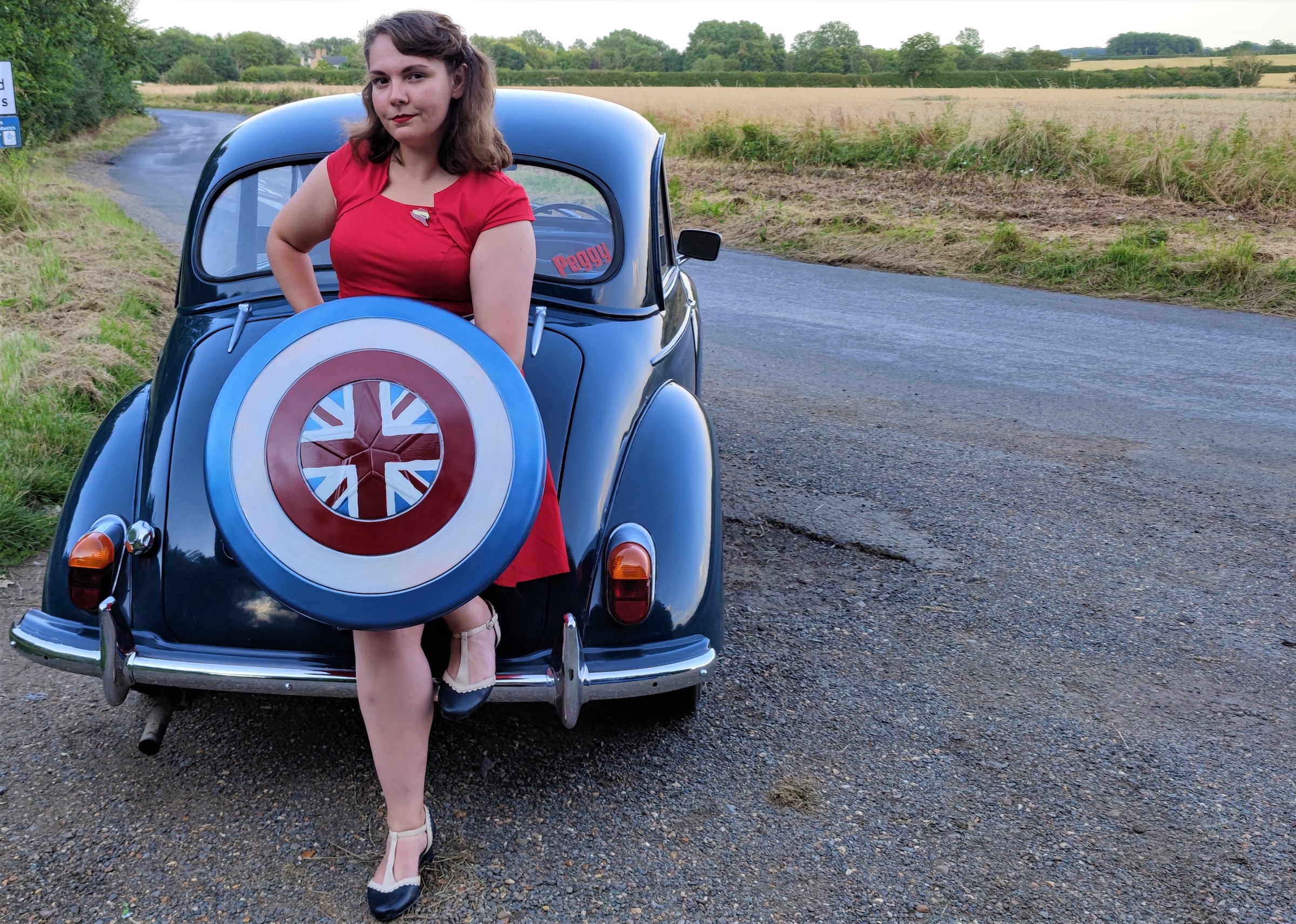
When you’re a young person in the classic car scene all anyone wants to know is how can we get more people involved. You can’t force it, that’s why it’s important to show how the next generation enjoys their cars in different ways. My other hobby is cosplay, and Peggy (who is named after my favourite character, Peggy Carter, from the Captain America comics and films) has become my most expensive cosplay accessory. I’ve used her in photoshoots and fellow cosplayers, who might not have considered owning an old car, have shown so much interest and support on Instagram; some even want to borrow her for their own photos.
With print media you go into a shop and make a concerted effort to pick out a certain magazine and although those publications have an important and useful role, those people are already here. With digital media people are more likely to stumble across content because of hashtags and search terms so they’ll fall into the scene that way.
It’s possible to start a podcast with a minimal amount of kit. I’ve come a long way since the first episode, but I still only use my phone to record the audio, a camera to record visuals which I use for the YouTube version, and a lav mic [a small clip-on microphone] which really improves the audio quality. It took a while to work out where to position everything and I have to be careful about what windows I open in the summer because of the noise.
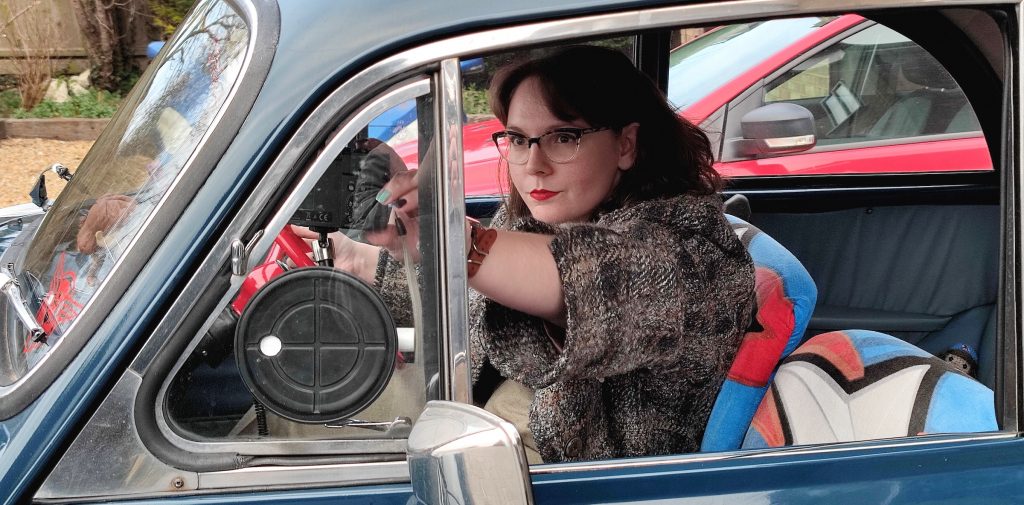
To be a good podcaster, it’s important to know how to communicate, as well as talk. You need to be descriptive and phrase things in a way that people can understand; they will tune out of an overcomplicated explanation. Also being passionate about your subject is vital, it’s easy to detect boredom in someone’s voice.
I’ve been fortunate because I’ve grown up around cars – I came home from hospital after I was born in a 1969 Singer Vogue – so I feel I can navigate the scene quite well, but it’s not the case for everyone. In the cosplay community, it’s important that people can say something if at any point they feel uncomfortable at an event but it’s not necessarily the same in the car scene so if I’m going to be somewhere I make a concerted effort to put it on social media and encourage people to come and say hi.
It’s surreal when people know more about you than you know about them. I don’t think of myself as a role model, but it’s nice when someone says they’ve been given the confidence to buy a car, or drive a car, because of something I’ve said, and it’s particularly nice when that’s a woman.”
Read more
The Spirit of Adventure: Susie Whitcombe
Buying Guide: Morris Minor (1948-1971)
It’s alive! Tom Cotter brings “Mable” the Morris Minor back to life


